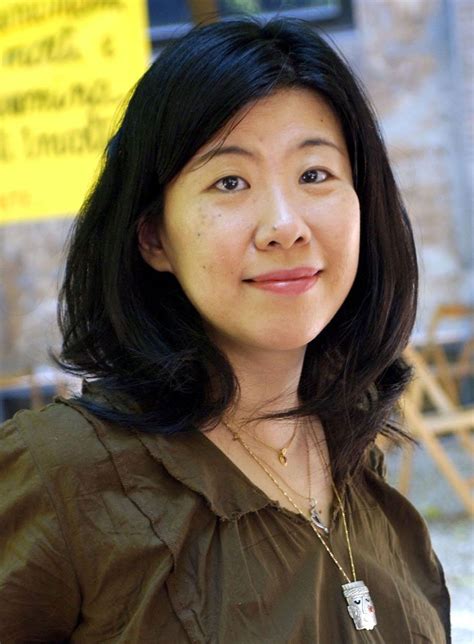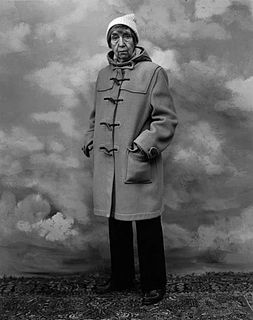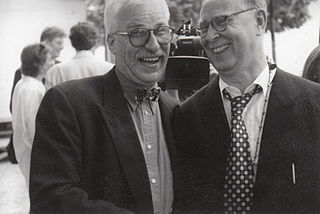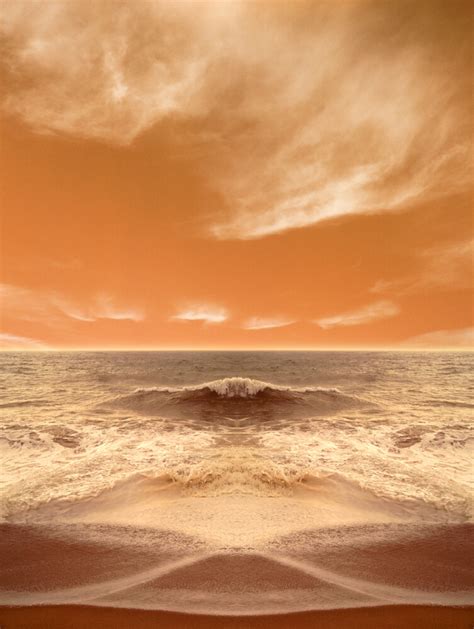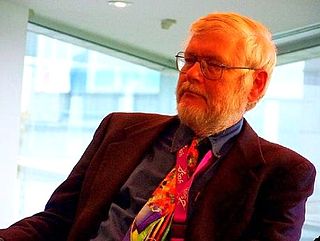A Quote by Kip Thorne
Black holes do not emit light, so you visualize them through gravitational lensing - how they bend light from other objects.
Quote Topics
Related Quotes
I said, suppose you take a light - I was thinking of just light bulbs because, in those days, lasers were not yet really there - and sent a light pulse between two masses. Then you do the same when there's a gravitational wave. Lo and behold, you see that the time it takes light to go from one mass to the other changes because of the wave.
Greek architecture taught me that the column is where the light is not, and the space between is where the light is. It is a matter of no-light, light, no-light, light. A column and a column brings light between them. To make a column which grows out of the wall and which makes its own rhythm of no-light, light, no-light, light: that is the marvel of the artist.
Black holes provide theoreticians with an important theoretical laboratory to test ideas. Conditions within a black hole are so extreme, that by analyzing aspects of black holes we see space and time in an exotic environment, one that has shed important, and sometimes perplexing, new light on their fundamental nature.






